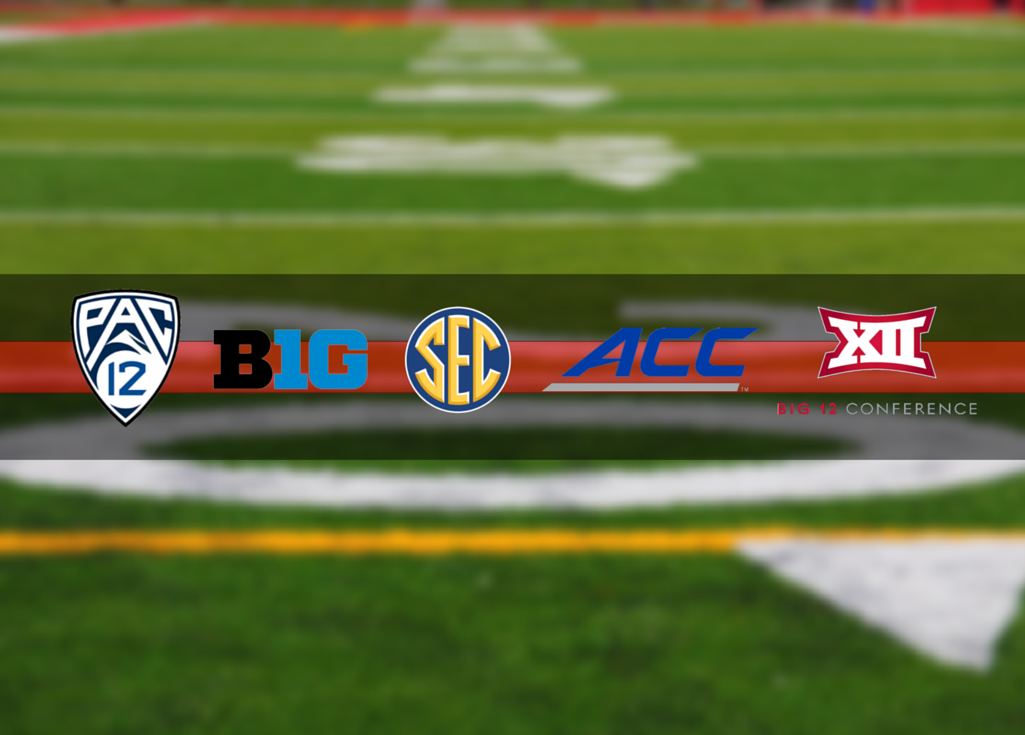While I was away at nice long dinner, the Big 12 decided to up and expand, deciding to add at least 2 to 4 teams. Big 12 commissioner Bob Bowlsby and Oklahoma president David Boren spoke to the media after the vote:
But we decided to look at the impact that an expansion of either two or four teams might have on the conference in these other areas, both to our financial‑‑ whether it be to our financial advantage to do so; would it be to our advantage, competitive advantage in terms of increasing even further beyond what we’ve already just done with the championship game, to make sure that our teams are fully considered in national competition.
-Bob Bowlsby
You can read the entire transcript where Boren also confirmed that there are contractual provisions which allow for the added members to be compensated the same as the current members:
The provisions, of course, as you know do protect us so that current member shares will not be diluted if we were to add two or four more teams. There’s a contractual obligation to pay that additional amount pro rata that we’re already receiving if there is an expansion, a hypothetical expansion of the conference. It’s already covered in our contracts, does not require additional negotiation of the contracts.
• SI’s Pete Thamel writes that the alleged leaders for expansion are BYU, Cincinnati and Connecticut:
The leaders in the clubhouse for Big 12 expansion remain BYU, Cincinnati and Connecticut. The next tier includes South Florida, Central Florida, Memphis, Colorado State, Houston, Boise State and Tulane. If the league does add four schools, there’s really no standout candidate for that fourth slot. (Houston has the best program and television market of available schools, but there’s still some hesitancy within the state of Texas to allow the Cougars to use the Big 12 to potentially leap over current members). Schools like Temple, San Diego State and Northern Illinois don’t really have a chance, but will give it a shot anyway. “They’re going to open it up like an auction,” one Big 12 source said. “They don’t want it to be like they’re out there soliciting schools.”
• USA Today’s Dan Wolken writes that any new members will not receive a full share:
But new members will not receive full shares immediately, and Boren made clear that schools will be welcome to submit proposals for what their entry to the league would look like, including financially.
In the meantime, this movement toward expansion is going to ripple throughout the rest of the college sports world. One well-connected person in the industry, who spoke on the condition of anonymity due to the sensitivity of the subject, said athletics directors and presidents won’t sleep until the decision is over because jobs will literally be on the line.
This represents potentially the last major realignment for quite some time, and the opportunity for schools outside the Power Five to jump the fence — particularly as the financial gap has widened — is going to create tremendous pressure on administrators.
• CBS Sports’ Dennis Dodds writes that it almost doesn’t matter who is added, but that someone is added.
“There’s several teams in the AAC and Mountain West that were BCS teams just five years ago,” Bowlsby said. “Those are just monickers.”
He was referring to the likes of Boise State, Cincinnati, UCF and UConn, which either went to BCS bowls and/or were in previous BCS automatic qualifier conferences.
With expansion, Big 12 football almost assuredly gets worse. It doesn’t care.
Big 12 expansion also has the smell of the Big Ten’s expansion to Rutgers and Maryland. That was a fall-back move after commissioner Jim Delany failed in his attempt to get some combination of Georgia Tech, North Carolina and Virginia from the ACC.
But Rutgers and Maryland at least provided programming for the Big Ten Network. The Big 12 has already said it isn’t doing a network.









